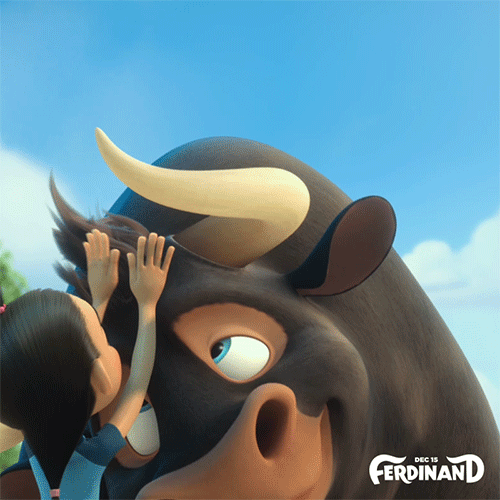Cattle
The gentle giants 1:
Cattle are usually found domestically, but interestingly, Banteng, also known as Bali Cattle, can be found in the wild of Borneo. They are essential to maintaining food chains, the movement of nutrients across ecosystems, and the spread of seeds through their faeces. Sadly, this shy species is endangered, and through this page, we will tell you why.
Speaking of Borneo, a bird species always comes to our mind: the hornbill. However, some of hornbills are endangered. Among the 18 species, three species are listed as endangered or critically endangered; others are mostly listed as vulnerable or near threatened. We will dig more about the three endangered hornbill species.
Taxonamy

Banteng
Scientific name
Bos javanicus
Size
1.65 m
Population
Decreasing
Type
Cattle
Weights
800 kg
Habitat
Open dry deciduous forests & grassland
Diet
Herbivores
Conservation Status
Endangered
Fun facts!!

The banteng is the first clone to live past infancy and one of two endangered species successfully cloned.
There has been very little research on these mammal species in Borneo, and very few people have ever heard of them.
Why are they endangered?
Hunting. Banteng are hunted for their flesh and highly prized trophy antlers, including illegal trophy hunting, with worldwide trophy head trade further increasing the pressure.
Habitat loss. Due to agriculture and, logging, land use, many Banteng need a home to stay. Introducing invasive plants such as the Acacia nilotica tree and Lantana camara has highlighted the unexpected effects of human intervention by converting grassland into a thick, spiky shrub forest. This has taken away the natural habitat for the species,
Genetic integrity. The blending of genes from domestic cattle and non-native Banteng puts genetic integrity at risk. Genetic mixing and interbreeding may result in a loss of genetic variation, increasing the likelihood of Banteng communities to illnesses and genetic abnormalities.

A banteng was found dead and was shot and trapped in a wildlife refuge in the province of Oddar Meanchey.

Never pester animals
for fun.
How can humans help?
The number of banteng herds is greatly influenced by elements such as the age of forest regeneration, salt licks, site type, ecological vegetation, and proximity to forest boundaries. The Bornean Banteng Programme is working with many organisations to assist conservation efforts to secure the species' future in Sabah. A 10-year action plan is being established to ensure the species' thriving rather than just survival.

Check the links out to learn more about the great programme!
You made it!
.png)